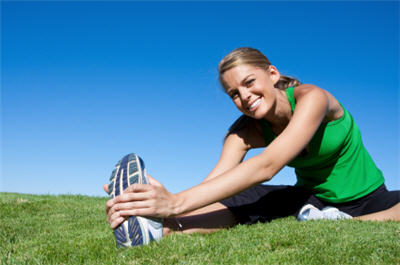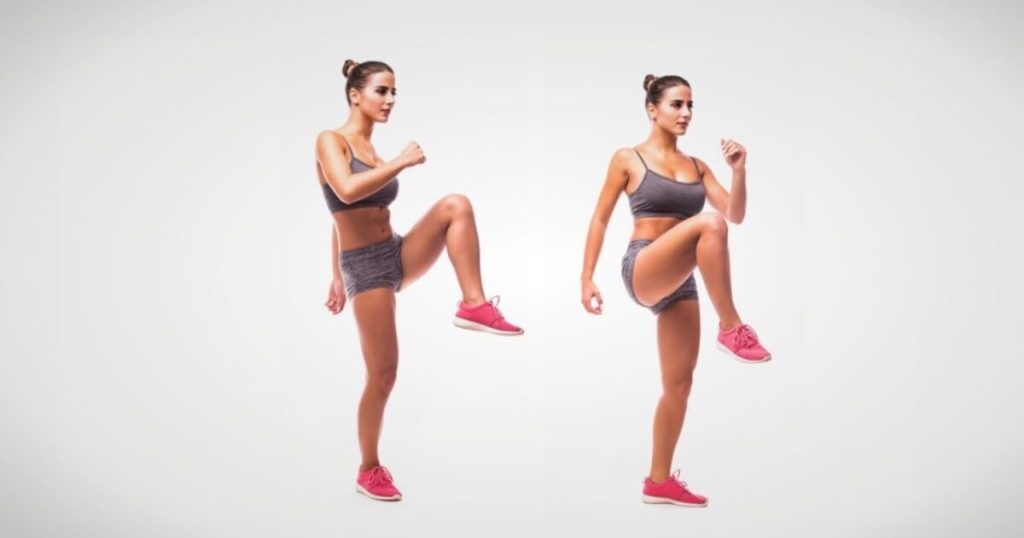Static and Dynamic Stretching: Differences, Benefits, and How to Perform Them Correctly
Static Stretching
Static stretching is a classic method that many people know and use during training. The principle involves stretching the muscles to a certain position and holding them in that position for a certain period, usually from 15 to 60 seconds. This method helps increase flexibility and the range of muscle movement.
Advantages of static stretching:

Dynamic Stretching
Unlike static stretching, dynamic stretching involves dynamic, controlled movements that gradually increase the range of muscle movement. Instead of holding one position, the muscles go through various movements, gradually expanding the range of motion.
Advantages of dynamic stretching:

How to Choose the Right Stretching Method?
The right choice between static and dynamic stretching depends on many factors, including your goals, fitness level, and the type of activity you want to perform. It is generally recommended to start with dynamic stretching, which prepares the muscles for movement and increases flexibility. Static stretching can then be an effective supplement after training to improve flexibility and relax muscles.
Conclusion
Static and dynamic stretching are useful methods that can contribute to your training regimen. The choice between them depends on your individual needs and goals. Regardless of the method you choose, it is important to stretch regularly and correctly to maximize its benefits and minimize the risk of injury. Also, remember to consult with your personal trainer if you have any doubts or questions about the correct execution of stretching.
Vladimír Veverka 2024
Vladimír Veverka
Xplore Fitness
Na Příkopě 17/1047
Prague 1